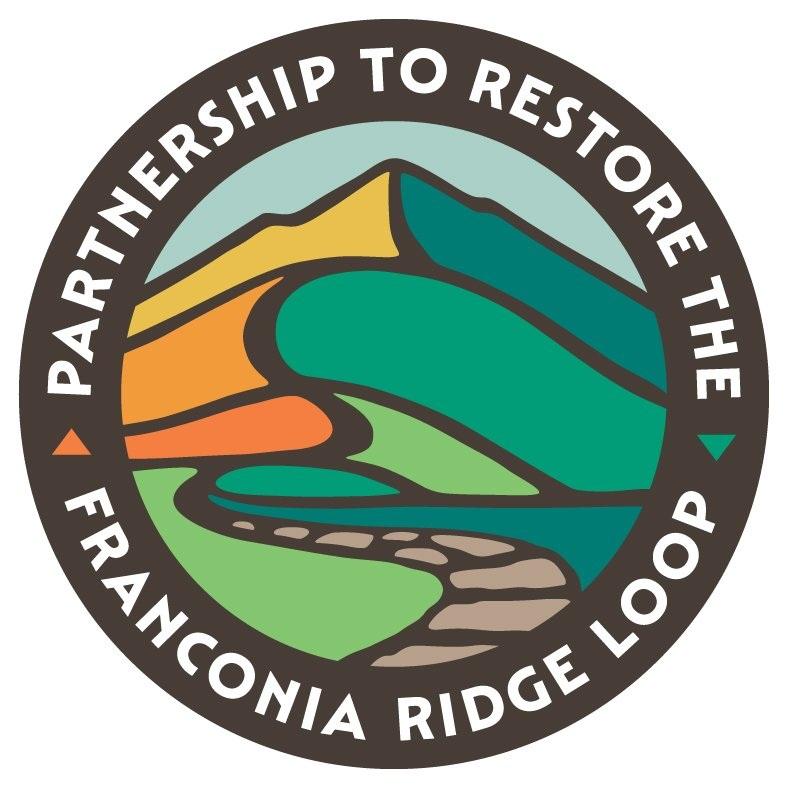The First 4,000 Feet of the New Old Bridle Path Are Open, Thanks to Team Effort.
Lily Hartman |
On July 14, 2024, I decided to solo hike. I packed up my tent at the campground I was staying at fairly early—around 6:30 a.m.—to head to my favorite loop in the White Mountains, the Franconia Ridge Loop. I arrived to Falling Waters Trailhead around 7:30 a.m. to find that the parking lot was already full, as was the overflow lot across the street, so I decided to save the ridge for another day and continued down 93-South to hike the Osceolas as a backup.
Toward the end of the month, one of my friends invited me to hike, so I suggested that we do the ridge. It was a perfect day—we summited Little Haystack right before sunrise and enjoyed views of the colorful sky behind peaks in the distance. We walked across the iconic ridge and captured an endless amount of photos.
On the way down Old Bridle Path from the Greenleaf Hut, I noticed that the trail looked different—it was built from fresh rock as a staircase and felt easier on my feet than usual. My friends Paul and Nichole said that work had been done to restore Old Bridle Path. In fact, they had volunteered on the project with the World Trails Network (WTN) just recently. I knew then and there that I needed to learn more about the work on trail, known as the “Restore The Ridge” project, which involves efforts from federal, state, and non-profit conservation partners, as well as professional trail builders.
The Popularity of the Franconia Ridge Loop
Only In Your State writes that National Geographic named the Franconia Ridge Loop trail one of the best hikes in the world. Veteran and newbie hikers alike make their way to this 8.9-mile loop year round to tackle its three summits: Little Haystack, Mount Lincoln, and Mount Lafayette, two of which are on the official New Hampshire 4,000 footers list. On a clear day, the ridge offers breathtaking views of the Pemigewasset Wilderness, Franconia Notch, peaks in Vermont, and Mount Washington, as well as a sense of triumph as you walk past the rugged rock formations standing strong.
“You can have like 300 or 400 people on top of Little Haystack or Mount Lafayette [at a time],” says Robert White, project manager for the WTN on the Restore The Ridge Franconia Ridge Partnership. Every year, the Franconia Ridge Loop receives more than 40,000 hikers in total.
Franconia Notch History and Impact
The Franconia Notch has long been an area of both concern and pride in the state of New Hampshire. Originally, the notch was home to the Old Man of the Mountain, who fell in 2003, which has drawn in visitors for decades. With Interstate 93 running right through the notch, the area became easy to access for tourists. What’s more, the popularity of the Appalachian Trail, which includes the ridge, increased foot traffic in the area from all of the “thru-hikers” attempting to complete their 2,190-mile journey. Chris Thayer, Appalachian Mountain Club’s (AMC) Senior Director of External Affairs, says that AMC has heavily studied and maintained the ridge for decades following guidance from White Mountain National Forest land managers due to the level of use and visitation.
“I’ve seen quite a bit of change over the years, on the trail, as more and more people have been hiking,” says Nathaniel Scrimshaw, director of the WTN-Americas, who are a partner on the project.
In the 1970’s, the large hiking crowds, high number of cars, and increase in traffic were causing the environment and trails on the Franconia Ridge Loop to deteriorate—leading to vegetation loss, soil compaction, and severe erosion on the trails. In 1975, AMC lobbied to make the road a two-way parkway to decrease the number of cars going through it at a time. The following year, they also saw a major need to build a new trail across the alpine zone on the ridge. Rock steps and scree walls were built to create a three-foot-wide trail that was meant to define a walkable route for hikers and keep them off of the fragile alpine ecosystem. The human touch may have aided in defining the trail, but the greater human intervention was at the hands of vigorous protests led by the famous hiking couple and authors, Guy and Laura Waterman.
Read The Full Story Here
